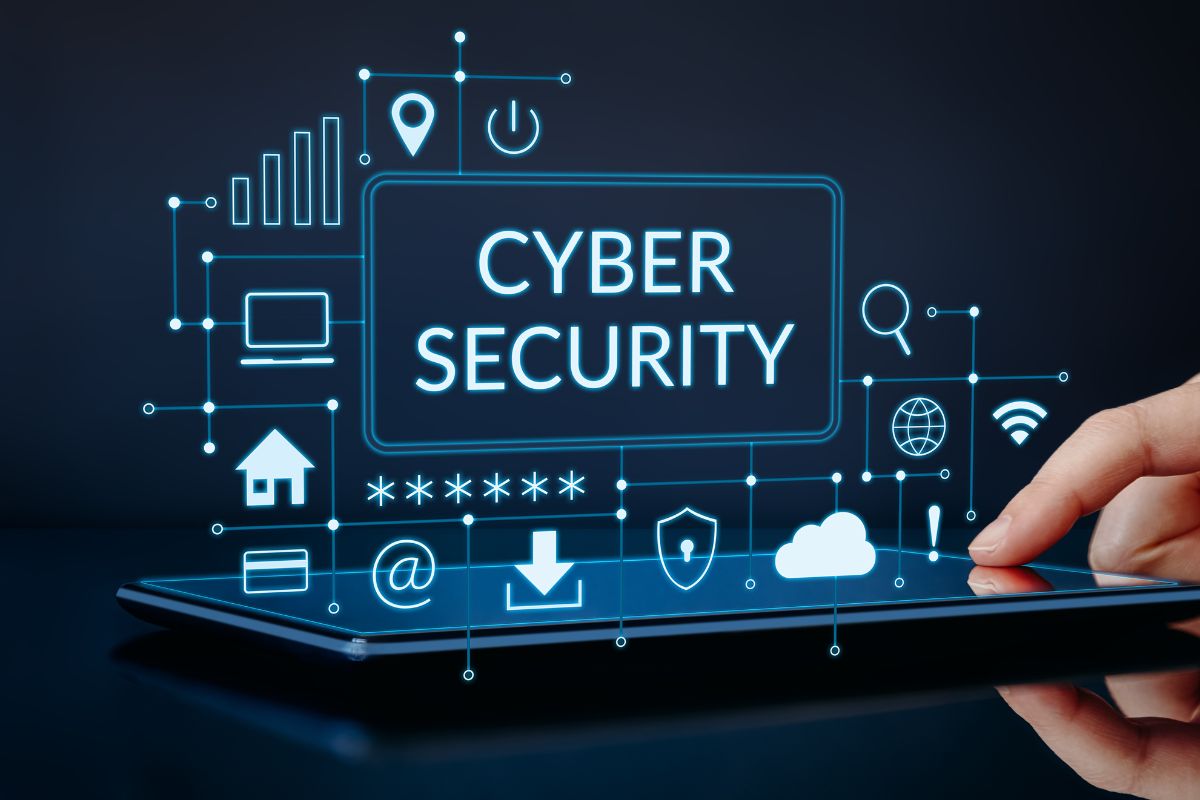Protecting Personal Data in the Digital Age
In today’s digital era, cybersecurity has become a crucial concern for individuals, businesses, and governments worldwide. With the increasing reliance on digital platforms for communication, financial transactions, and data storage, cyber threats have evolved to become more sophisticated and dangerous. This article explores the latest hacking techniques, how to counter them, and essential tips for securing accounts and devices against cyberattacks.

Latest Hacking Techniques and How to Counter Them
Cybercriminals are continually developing new hacking techniques to exploit vulnerabilities in systems and devices. Understanding these methods is the first step toward safeguarding personal data.
1. Phishing Attacks
Phishing remains one of the most prevalent hacking techniques. Cybercriminals use fake emails, messages, or websites to trick users into providing sensitive information, such as passwords and credit card details.
How to Counter:
-
Always verify the sender before clicking on links in emails.
-
Enable two-factor authentication (2FA) to add an extra layer of security.
-
Use email filters to detect and block phishing attempts.
-
Educate yourself and others about phishing scams.
2. Ransomware Attacks
Ransomware is a type of malware that encrypts a victim’s data, demanding payment for its release. These attacks target individuals, businesses, and even government institutions.
How to Counter:
-
Regularly back up important data to an external or cloud-based storage system.
-
Keep software and operating systems updated with the latest security patches.
-
Avoid downloading files or opening email attachments from unknown sources.
-
Use reputable antivirus software that includes ransomware protection.
3. Man-in-the-Middle (MITM) Attacks
In MITM attacks, hackers intercept and manipulate communication between two parties without their knowledge. This often occurs on unsecured Wi-Fi networks.
How to Counter:
-
Use a Virtual Private Network (VPN) when connecting to public Wi-Fi.
-
Avoid logging into sensitive accounts over unsecured networks.
-
Ensure websites use HTTPS encryption before entering personal data.
4. Credential Stuffing
This method involves hackers using previously leaked username and password combinations to access multiple accounts.
How to Counter:
-
Use unique passwords for each online account.
-
Change passwords regularly and use a password manager.
-
Monitor your accounts for unusual activity.
-
Enable multi-factor authentication (MFA) whenever possible.
5. Social Engineering Attacks
Social engineering attacks exploit human psychology rather than technical vulnerabilities. Hackers manipulate victims into revealing confidential information.
How to Counter:
-
Be cautious when sharing personal information online.
-
Verify requests for sensitive data before responding.
-
Stay informed about common social engineering tactics.
Tips to Secure Accounts and Devices from Cyber Attacks
Cybersecurity is not just about recognizing threats but also implementing robust protective measures. Below are essential tips to secure accounts and devices against cyber threats.
1. Strengthen Password Security
-
Use strong passwords with a combination of letters, numbers, and special characters.
-
Avoid using personal information such as birthdays or names in passwords.
-
Utilize password managers to store and generate secure passwords.
2. Enable Two-Factor Authentication (2FA)
-
Activate 2FA on all accounts that support it.
-
Use authentication apps instead of SMS-based 2FA for better security.
-
Regularly update security settings on your accounts.
3. Keep Software and Systems Updated
-
Regularly update your operating system, apps, and antivirus software.
-
Enable automatic updates whenever possible.
-
Install security patches as soon as they become available.
4. Secure Your Internet Connection
-
Use strong, unique passwords for your Wi-Fi network.
-
Change default router settings and disable remote access.
-
Use WPA3 encryption for enhanced wireless security.
5. Avoid Suspicious Links and Downloads
-
Do not click on links from unknown sources or unverified emails.
-
Download software only from official and trusted websites.
-
Use ad blockers and script blockers to minimize exposure to malicious sites.
6. Regularly Monitor Account Activity
-
Check your online accounts frequently for unauthorized access.
-
Enable login alerts to be notified of suspicious sign-ins.
-
Report and secure compromised accounts immediately.
7. Be Cautious on Social Media
-
Limit the amount of personal information shared online.
-
Adjust privacy settings to restrict who can see your information.
-
Be wary of friend requests from unknown individuals.
8. Use Antivirus and Anti-Malware Software
-
Install reliable antivirus software and keep it updated.
-
Schedule regular scans for potential threats.
-
Enable real-time protection features to detect malware immediately.
9. Educate Yourself and Others
-
Stay informed about the latest cybersecurity threats and trends.
-
Teach family members and colleagues about online safety.
-
Participate in cybersecurity awareness training when available.
10. Backup Your Data Regularly
-
Use cloud storage or external hard drives for backups.
-
Set up automated backups to avoid data loss.
-
Test backup systems periodically to ensure they work correctly.
In an era where digital threats are constantly evolving, staying proactive in cybersecurity measures is essential. Understanding the latest hacking techniques and implementing protective measures can significantly reduce the risk of cyberattacks. By securing accounts, devices, and personal information, individuals can navigate the digital world safely and confidently. Cybersecurity is not just a responsibility for tech experts—it is a necessity for everyone in today’s connected society.